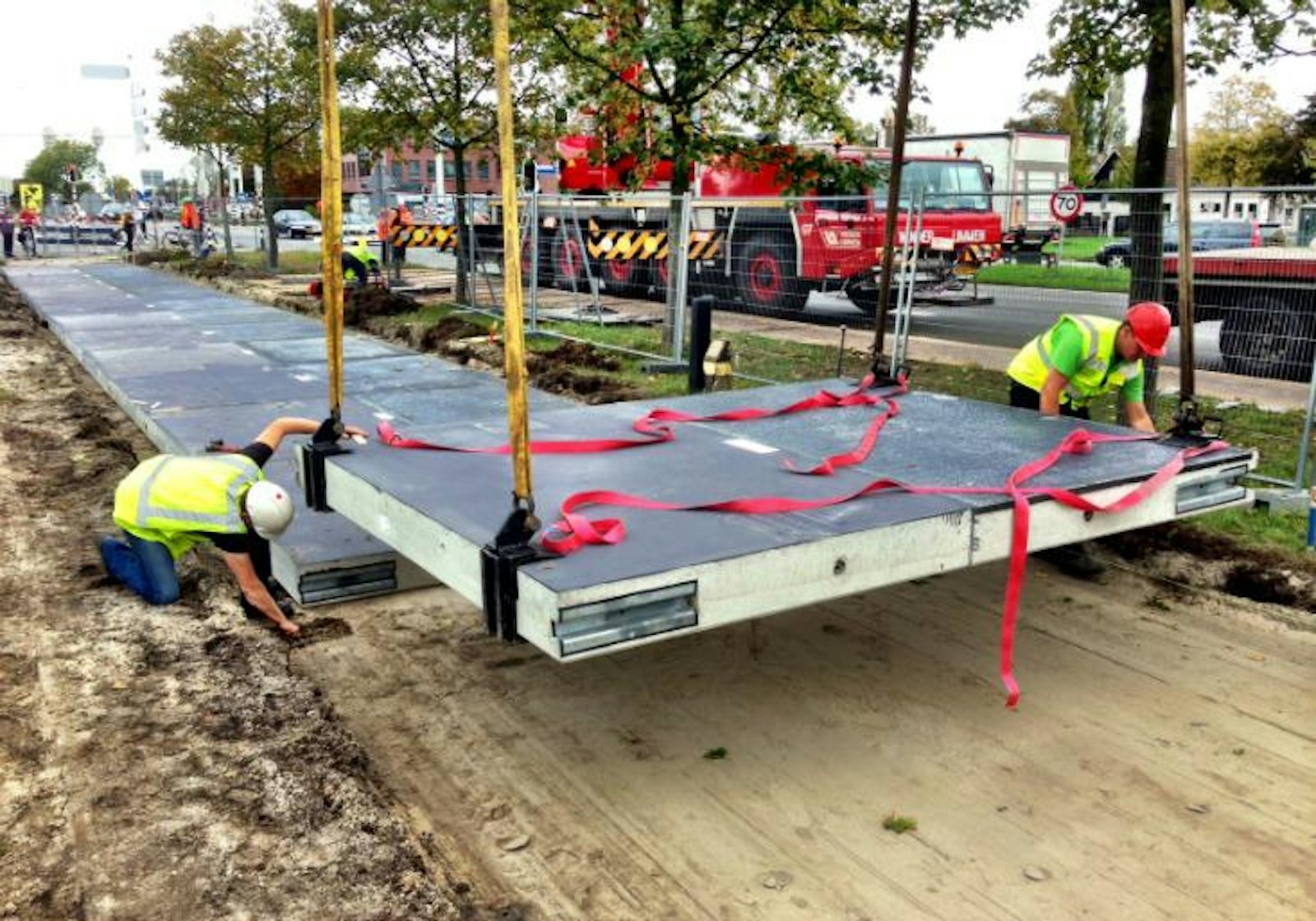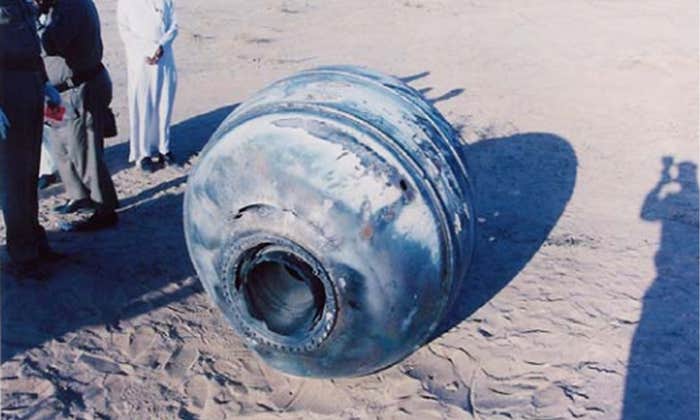
Remember having to stay at home and wait for phone calls? (If you’re below a certain age, you can consult old movies, books, or TV shows—or just trust me on this.) It wasn’t so long ago that we all got mobile phones, but landlines already seem all but obsolete.
So, soon, could a lot of our urban infrastructure. In fact, most of it, from sewers to electrical grids to roadways, is outdated technology that goes back a century or more. It wastes energy and money, is vulnerable to disasters, and doesn’t expand to meet the needs of growing populations.
A dramatic rethinking of our infrastructure is underway, especially as part of the “smart cities” movement. Smarter technologies—some older and established, some still in development—could make our cities more efficient and livable.
Activate urban surfaces
Our sidewalks, parking lots, bike paths, and possibly even roads can be much more than the inert blocks they are now. Last week a new product called SolaRoad—a concrete block with solar cells embedded near the top—started its first trial (pdf), as the surface of a cycle path in the Netherlands. The energy is sent to the grid, where it can be used to power traffic lights, homes, or electric cars. And a Stanford University research team has figured out how roads could ultimately send power directly to the electric cars driving on them. Earlier this year, a project to pave roads with intelligent, light-up, self-cleaning solar panels made news by raising over $2 million through crowdfunding, though there are big questions about its feasibility.
Other surfaces could also be put to work, like facades that can neutralize smog and air pollution.
Save waste heat
Power plants literally throw away energy when they dump excess heat into rivers or the atmosphere. In Helsinki, Finland, however, power plants direct that heat into making hot water, which then gets piped to consumers like any other utility (instead of pumping cold water to their houses and heating it less efficiently there). Some 90 percent of buildings in the city use this “district heating” system. The same plants also provide cooling, relying largely on cool seawater and energy derived from waste heat.
Combining power and heat production is not a new idea, but it’s picking up steam (so to speak) as cities become more concerned about energy costs. And district heating can take advantage of all sorts of waste-heat sources—Helsinki mines heat from an underground data center, and Vancouver grabs heat from raw sewage.

Measure everything, then free the data
Chicago recently enhanced a few dozen downtown light poles with sensors that collect detailed environmental data like weather and air quality, as well as measurements of foot traffic on sidewalks. In a few months, the data will be publicly available via a web portal. Meanwhile, the city of Santander, Spain, used an $11 million grant from the EU to install 12,500 fixed and mobile sensors in places like schools, parking spots, trash cans, and police cars. Regular citizens can turn their own smartphones into sensors.
Sensors transform the daily life of cities into data, which city operators can use in conjunction with analytical software to operate more efficiently, fix problems, and plan for the future. University researchers can use the data to study the urban environment. Entrepreneurs can provide spin-off products. And citizens can use the data to interact more efficiently with city services—for things like reporting crime or finding parking spots or someone to share a taxi with. The downside: Pervasive sensors and open data could threaten citizens’ privacy or fall prey to malicious hacking, but many think the benefits are worth the risk.
Do without sewers
Sure, it’s great to flush the toilet and have your waste sent miles away. But, except in the densest urban areas, sewer systems and centralized wastewater treatment are starting to look like very old tech—wasteful of water, energy, and resources, as well as over capacity. For areas outside of city centers, local treatment could be a much smarter approach. “I think the challenge is taking the model of septic tanks and reimagining what they could be with 21st-century technology,” environmental engineer David Sedlak of the University of California, Berkeley, told me last year when I interviewed him for a Nautilus story on the future of toilets. With modern technology, “we might be able to make those kind of systems function well at much higher population densities.”
Among other things, on-site systems could treat wastewater for use in irrigation and landscaping; one example is an experimental membrane bioreactor that handles wastewater from a 400-resident dormitory at the Colorado School of Mines. Local treatment centers could even recover nutrients from waste to serve as fertilizer, so on-site wastewater processing can go hand-in-hand with hyper-local agriculture.
Build with self-healing materials
Crumbling roads, bridges, and buildings all come down to the same problem: short-lived building materials. But engineers are working on making concrete, asphalt, metal, and plastics that heal themselves. For example, researchers at Delft University of Technology in the Netherlands have made a self-repairing asphalt by mixing in strands of steel wool, as well as a self-repairing concrete by adding some specialized bacteria. MIT researchers recently figured out how to mend metal with just the right kind of tension. Plastic pipes could seal their own cracks. None is quite ready for prime time, but these technologies could save cities huge amounts of money, not to mention the inconvenience of congestion-causing roadworks and other infrastructure-maintenance projects.
The bad news is that our infrastructure is still stuck in the 20th century. The good news is that cities are actively experimenting—many have turned innovators loose to use real communities to test new ideas to improve infrastructure. The city rebuilds a smarter self from the inside.
Chelsea Wald is a freelance science and environment writer based in Vienna, Austria, which has been called one of the smartest cities on the planet.




























